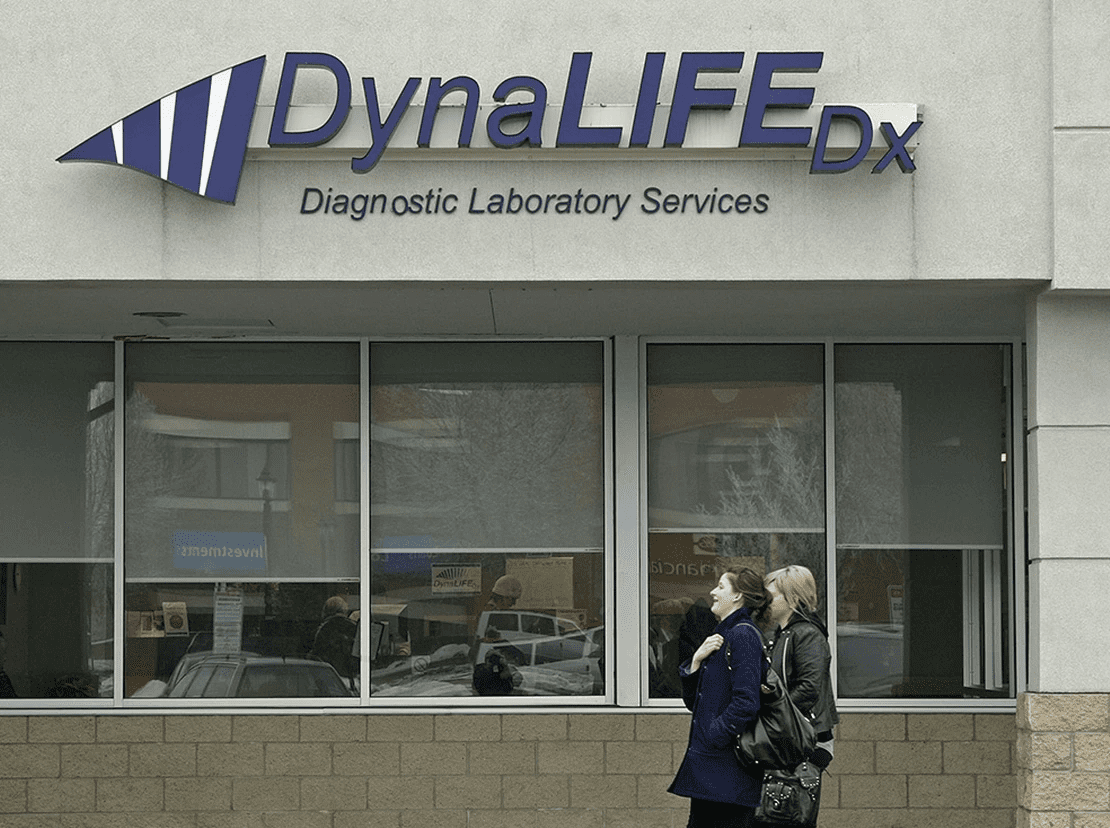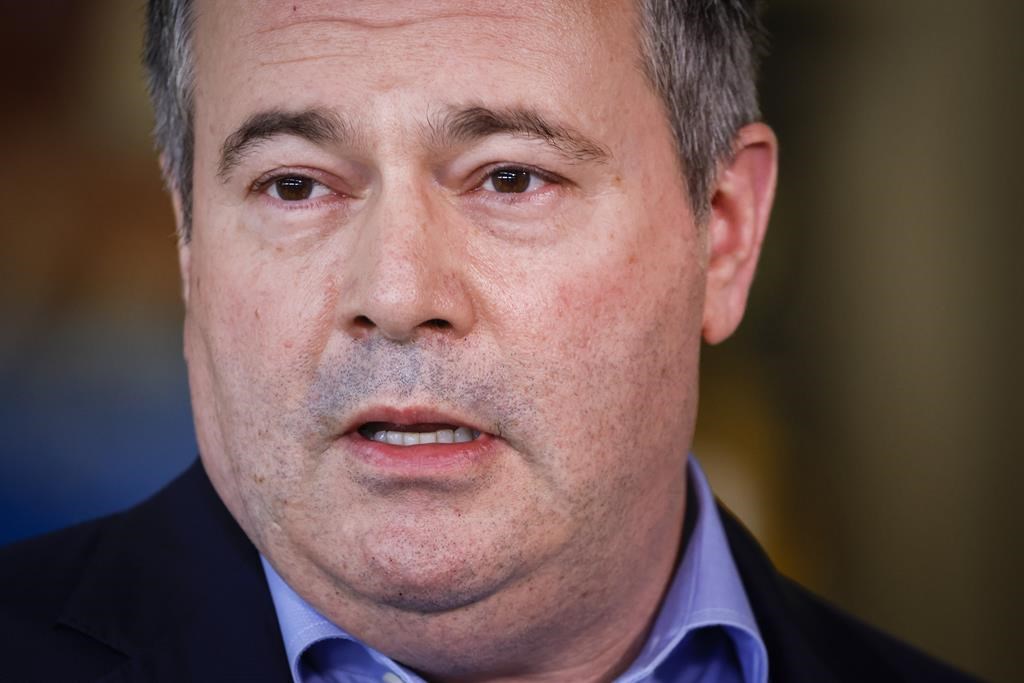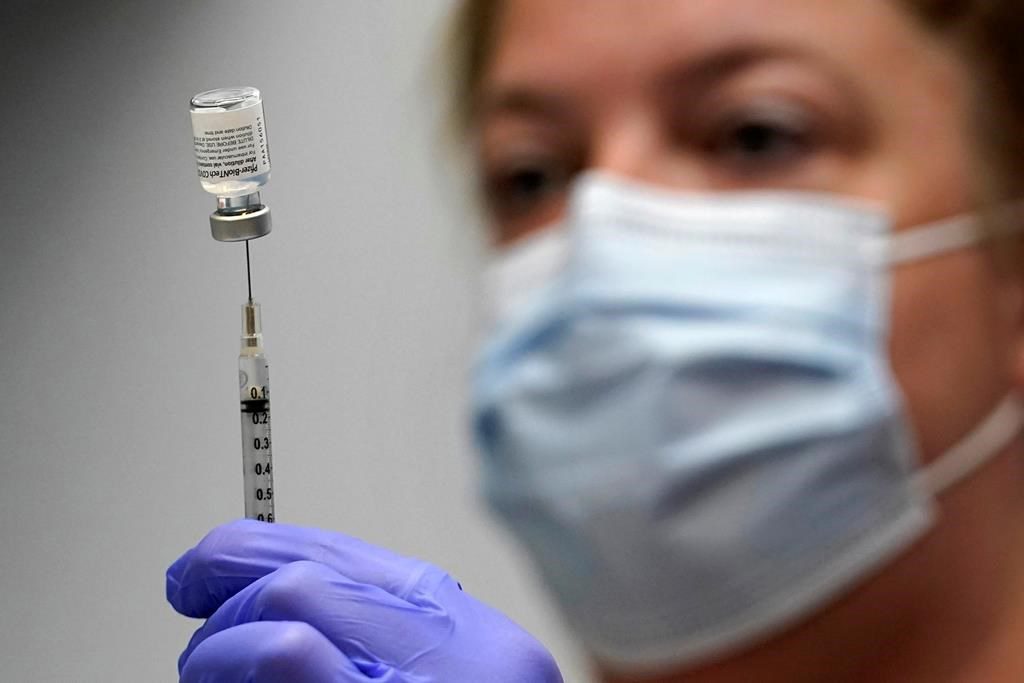This content is restricted to subscribers

The views, opinions and positions expressed by columnists and contributors are the author’s alone. They do not inherently or expressly reflect the views, opinions and/or positions of our publication.

This content is restricted to subscribers
The views, opinions and positions expressed by columnists and contributors are the author’s alone. They do not inherently or expressly reflect the views, opinions and/or positions of our publication.

This content is restricted to subscribers
The views, opinions and positions expressed by columnists and contributors are the author’s alone. They do not inherently or expressly reflect the views, opinions and/or positions of our publication.

This content is restricted to subscribers
The views, opinions and positions expressed by columnists and contributors are the author’s alone. They do not inherently or expressly reflect the views, opinions and/or positions of our publication.

As is inevitable in any federal election in this country, we have all of the major parties making promises around healthcare, and they can be very curious promises indeed. Because the delivery of healthcare is a provincial responsibility, there are very few levers at any federal government’s disposal to influence it, unless there are dollars attached. Lots and lots of dollars. And lots of dollars are what every party seems to be promising, some of them with very specific wish lists attached to those dollars, and some of those very same parties are also promising that they won’t attach strings to the dollars that they are pledging, while also hoping for the outcomes on their wish lists. It’s a very curious phenomenon that seems divorced from reality.
Throughout the campaign, you will no doubt hear rhetoric that once upon a time, the federal share of healthcare spending was 50 percent, and it was 23.5 percent in 2019, and lo, there is a redress that the federal government must make to restore its promises. Except that’s a load of bullshit. Yes, the initial share was 50 percent, but in April of 1977, the provinces and the federal government all came to an agreement whereby the federal share of that spending reduced, but in return, the federal government moved a bunch of tax points over to the provinces, so that they had greater flexibility over their own spending. Most premiers have conveniently forgotten about this agreement, as have federal politicians who are looking to score points on the healthcare file (or to suck up to premiers like François Legault), but it can’t be overlooked among their demanding rhetoric.
The 2017 change to the health transfer escalators has once again become an issue in this election, but in a surprising way. While the NDP will continue to insist that the change in escalator from six percent per year to three percent or the three-year average of GDP growth (whichever is higher) was a “cut” – in spite of the dollars increasing every single year – the Conservatives also joined in with that rhetoric this year when it was their government that unilaterally made the change to the transfer that would come into effect in 2017. While the Liberals maintained this lower escalator, they also came to other agreements with the provinces for higher transfers that were to be directed to areas like home care and mental health, so again, the amount of money kept rising.
What keeps being overlooked in the rhetoric around changed escalator was not that the six percent was unsustainable – because it was – but rather that provinces weren’t spending it on healthcare. The average increases in provincial health spending were between two and three percent per year at a time when they were getting six percent per year increases, so the money was going somewhere else, while things like wait times didn’t end up improving by any measurable degree. For example, Ontario’s healthcare spending increases from 2011 to 2017 were 2.2%, which is certainly not the six percent increase they were receiving in transfers. Mind you, that figure has since doubled to 4.4%, but at the time, the math was sound, and we can’t brush that off.
This is why I think we need to have a better conversation around health transfers in this election. Both the Conservatives and NDP are promising to restore the transfer escalator to six percent, without any strings attached, meaning that those provinces will once again be able to use money earmarked for healthcare on other things if they so choose. At the same time, the NDP are pledging to “work with the provinces and territories” to tackle wait times, improve primary care, create virtual healthcare, and address human resources issues with plans to recruit more doctors and nurses – all things that are explicitly in provincial jurisdiction, but they don’t plan to attach strings to their funding promises. This is on top of their plans for universal pharmacare and dental care, and even more funds for provinces to nationalize their long-term care homes (but this funding does appear to have strings attached. Funny that).
The Conservatives also have their own wish list that includes plans for a Canada Mental Health Action Plan, wherein they “propose to the provinces that they partner with us by dedicating a significant portion of the stable, predictable health funding to mental health to ensure that an additional million Canadians can receive mental health treatment every year.” So, no strings, but a suggestion. Their own plans for long-term are include boosting the number of workers by way of immigration (so that we can exploit more women of colour), but they don’t seem to have much in the way of federal dollars attached to that either, with the exception of diverting some infrastructure dollars to upgrading the homes themselves.
The Liberals, meanwhile, have made some fairly specific promises around healthcare that are also contingent upon “working with the provinces,” but these very much appear to have strings attached – $6 billion on top of an existing $4 billion commitment to eliminating waitlists; $3.2 billion for hiring 7,500 doctors, nurses and nurse practitioners over four years; and $400 million over four years to expand virtual healthcare services. They’ve also made specific promises around long-term care, including minimum wages of support workers, that are also contingent on “working with the provinces.” But we also have to remember that provinces have been balking at the long-term care funding with strings attached already, just as they’ve balked at the implementation of universal pharmacare (with the exception of PEI, who signed on at the very last minute before the election).
We should be asking ourselves whether we think it’s better to simply promise $60 billion over ten years to the provinces with no strings attached, and let them spend the money where they want with no guarantees for outcomes on waitlists or mental health, or hiring doctors and nurses, or whether we think it’s important for there to be accountability and strings – and if we’re willing to entertain the possibility that these promises may not happen because of recalcitrant premiers who would rather spend the money on other things after they get it. Those are real choices that we need to make in this election, and we should be asking these questions rather than simply nodding along while the promises get more extravagant – contingent upon “working with the provinces.”
The views, opinions and positions expressed by columnists and contributors are the author’s alone. They do not inherently or expressly reflect the views, opinions and/or positions of our publication.